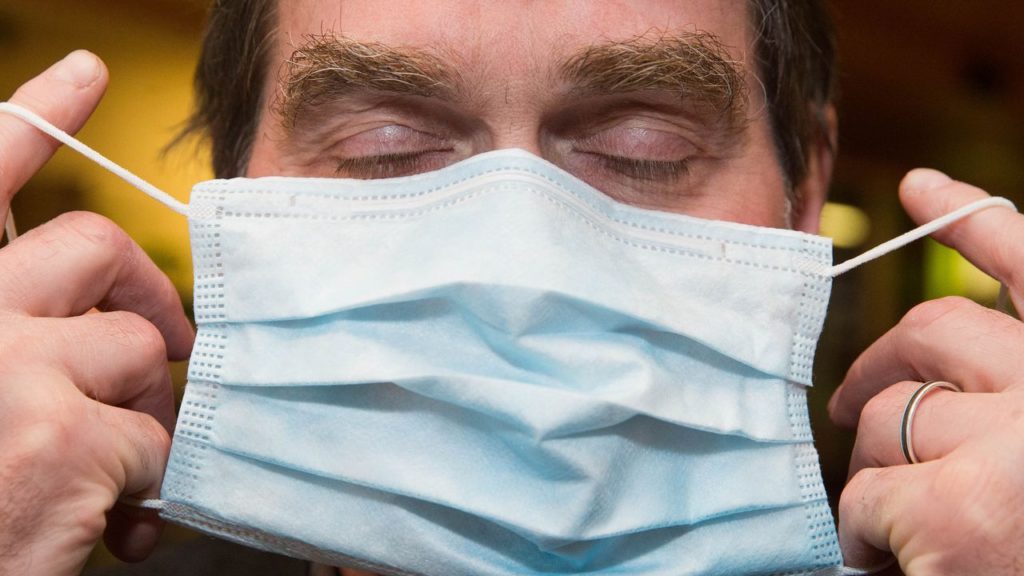Today marks exactly one month since the first measures to fight the spread of the new coronavirus (Covid-19) came into force in Belgium, with the forced closure of bars and restaurants, and non-essential shops closed at weekends.
Some days later the full-scale lockdown came, with all non-essential shops closed completely, schools open only to look after the children of those who could not telework and front-line staff, and the end to visits to care home residents.
One month later, just over 30,000 people have been diagnosed with the virus, and the cumulative death toll since the start of the outbreak stands at 3,903, the vast majority aged over 65, and almost half in care homes.
Today, a committee set up to plan for the days when the country is no longer in confinement will deliver its first report to the government, which meets tomorrow. What is it likely to say?
The so-called GEES committee is chaired by Dr Erika Vlieghe, an expert in infectious diseases and tropical medicine at the Antwerp university hospital. She has kept her committee’s conclusions to herself, only to point out that the withdrawal of lockdown measures must take place “according to the rhythm of the epidemic”.
In other words, the numbers of new diagnoses, hospital admissions, hospital discharges and fatalities must first be allowed to diminish as a result of the preventive measures already in place before there can be any thought of those measures being reduced or removed.
The original deadline set for the end of the lockdown was April 19, which would normally have marked the end of the Easter holidays for schools this Sunday coming. But it was expressly stated at the time that the government reserved the right to extend the deadline for another period until May 3, and it can now be considered that the rhythm of the epidemic makes that prolongation unavoidable.
Yesterday, French president Emmanuel Macron announced his government was extending its own lockdown until May 11. At the same time, Germany is to take steps to reduce its measures, and even Italy and France, two of the country’s hardest hit, are moving in a similar direction. Belgium seems most likely to steer a middle course.
As Professor Steven Van Gucht, the virologist who speaks for the government task force at the daily press briefing, the biggest influence on how things turn out on May 3 is the behaviour of the population as a whole.
This last weekend illustrated the problem: groups of people out together in the spring sunshine, enjoying some illicit respite from the lockdown. According to the federal police, there have been 27,389 tickets issued since March 18 to people ignoring the rules: stay at home unless travel is essential; work from home if at all possible; take exercise in a limited way; observe social distancing at all times.
More than half of those tickets have gone to people under the age of 30, who nevertheless make up only 10% of the population, if we consider only those old enough to get a ticket from the police.
Professor Marc Van Ranst, the ubiquitous public face of the experts and head of the reference lab at Leuven university hospital, last week spoke darkly of “a Wuhan-style lockdown” as chastisement for all if people did not stick to the rules in force.
Van Gucht, however, nuanced that view.
“A strengthening of the measures will most likely not come, but I also don’t think we can expect any relaxation,” he said.
“We absolutely have to keep it together. Whatever we do today, we will see the effect in the figures in ten to 14 days from now. The risk of a new peak is real. We are going to be living with this virus for months to come, so the important thing is to make it as small as we can.”
The message from the government tomorrow seems likely to be: Steady as she goes for slightly longer, but the long-term evolution of both the disease and the lockdown are in the hands of the people themselves.
Alan Hope
The Brussels Times

